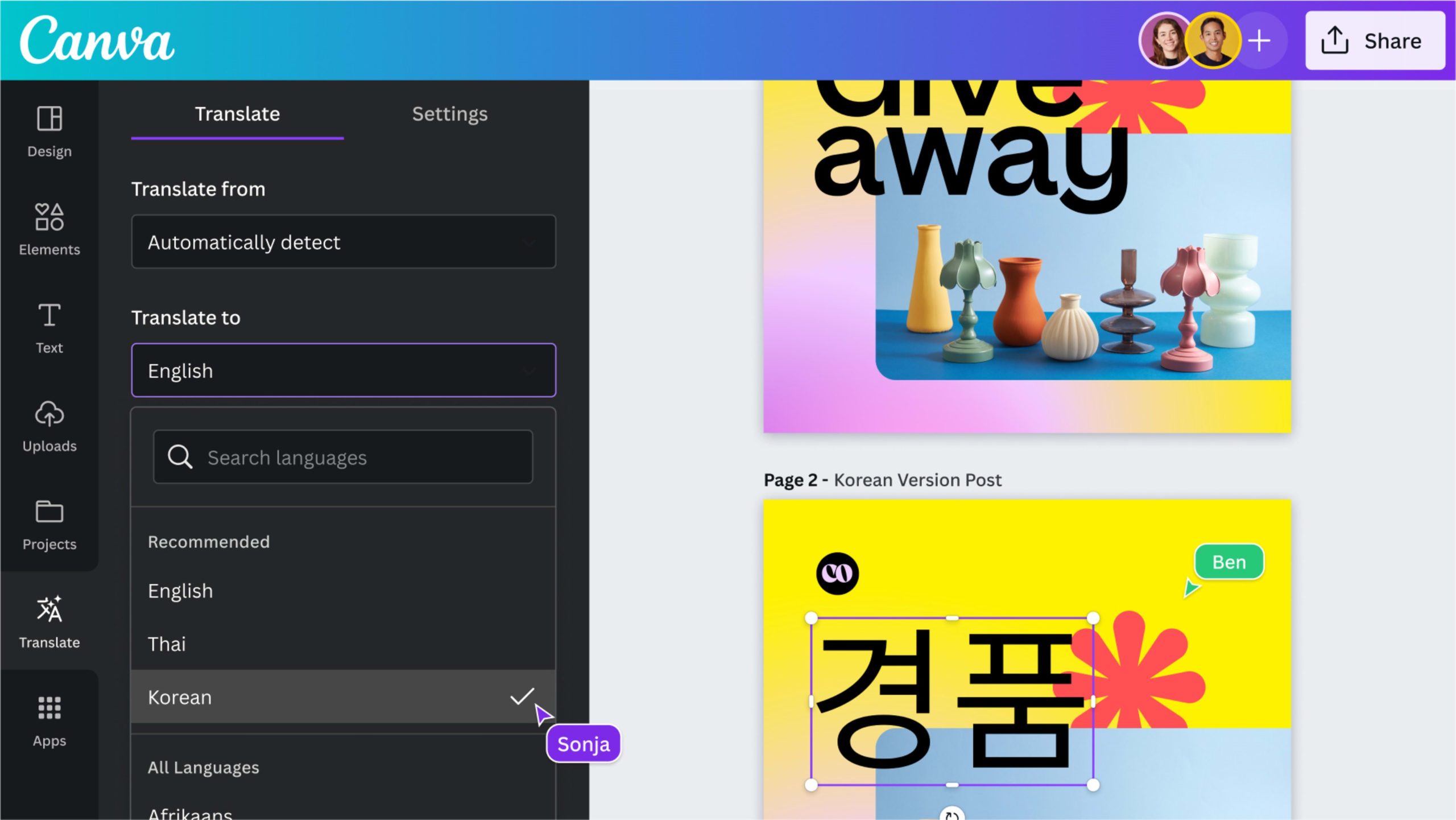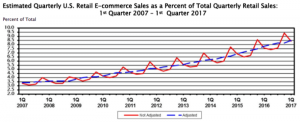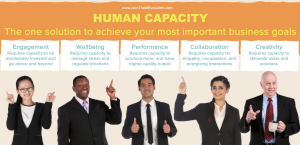What every company needs to know before embarking on global expansion
Scaling your business to foreign markets requires more than simply marketing in a new language—it requires a commitment to understanding local culture, customs, and social conventions
BY FastCo Works
When globe-trotting consumers connect seamlessly to a rideshare driver after touching down in a new country or see unfamiliar flavors on the menu of a familiar fast-food chain, they probably give scant thought to the behind-the-scenes efforts it takes to bring such local variations to fruition. Months before those product rollouts ever saw the light of day, companies worked diligently to understand local languages, customs, and social conventions, and to think through the essential barriers that may inhibit a potential customer.
“You may be surprised by how fundamental some of those things are to the accessibility of a product or a business,” says Michael Levot, head of localization at Canva, a visual communication platform. “The obvious ones may be language, which can be a complete barrier. But you also must think through more abstract things, like the sort of devices people are using.”
It’s imperative that companies with ambitions to scale—and to make their products accessible to all—designate the resources to refine localization. But doing so requires a long-term investment, including a commitment to have important conversations with people who intimately understand new markets. In other words, it’s not easy. But companies like Canva—which has debuted its products in more than 100 languages—provide a roadmap to do it successfully and the tools to guide companies along the way.
A CULTURE OF URGENCY
Like many large-scale corporate initiatives, great localization begins within the fabric of a company. Companies must first lay out the business case and create what Levot calls a “culture of urgency” around it. “[Localization] has costs,” he says. “Software development takes longer when you take into account these customs and social conventions. Creative takes longer to produce. You need more people in the room making decisions. All those things can be viewed as slowing things down, being a handbrake on the business. Or they can be viewed as being a multiplier—something that’s serving the fundamental mission.”
When companies pledge to make those investments, localization gets easier, he says, because they build in the ability to scale to new markets on the front end during product development.
Canva’s efforts stretch back to as early as 2016. Just a few years into the graphic design tool’s development, the company built the core infrastructure that would support scaling the product into more than a hundred languages. Today, the company is doubling down on that strategy, able to personalize more aspects of the product—like pricing and content—for different markets, without requiring a ground-up rebuild.
“We made these decisions super early,” Levot says. “That infrastructure has been in place throughout this period of huge growth.”
EXPLORING LOCAL CUSTOMS
Once companies have thought through localization during product development, the real work begins, to understand new parts of the world. That requires building awareness and empathy around the customer experience in new markets.
“One thing that struck me when I joined Canva was this large emphasis across the company on listening to customer feedback and engaging with customers,” says Ruoshan Tao, Canva’s head of marketing for Southeast Asia and Latin America. When it comes to translating products, Canva employs folks locally who can engage and deeply understand customer needs. “Oftentimes, you see really interesting ways that people are utilizing the product,” she adds. “It’s about making the investment to understand these markets, treat them as different user segments, and understand them on a personal basis.”
In Mexico, Tao experienced firsthand something she’d previously noticed in usage data: That local users were building major presentations on their smartphones, something that users in other markets generally reserved for the desktop. She met a law student who typed out 3,000-word essays on her mobile device, explaining how normal that was among her peers. It quickly became clear the extent to which the local market felt comfortable utilizing their smartphones for heavier lifts, an important indicator of how Canva should be marketing its product.

Tao also picked up on an interesting language nuance. The design elements that Canva builds into its product, and which most markets referred to as icons, in Mexico were called stickers. “That’s a really good example of something where the language that we use in marketing could be localized to make sure it’s understandable to the specific audience,” she says.
LOCALIZATION MADE EASIER—NOT EASY
A crucial part of any localization effort is creating culturally relevant designs that are aesthetically pleasing to the local market. That’s why Canva has created a wide range of templates and tools that help users easily cater their marketing design to the markets they need.
“The number of languages that Canva supports—well over 100—and the diversity of the content library that we’ve built are some of our crowning achievements,” Levot says. Companies can take advantage of that creative toolbox as they market their products or services internationally.
“It takes an investment to create—and doing it in a diverse and inclusive way takes even longer,” he continues. With Canva, companies can offload some of the more tedious aspects of design and marketing and instead focus on creating products that work well across every market they serve. As Levot points out, this is no small task: “It’s an area where you have to just dive into the hard work and get it done.”
ABOUT THE AUTHOR
Fast Company
(13)
Report Post






